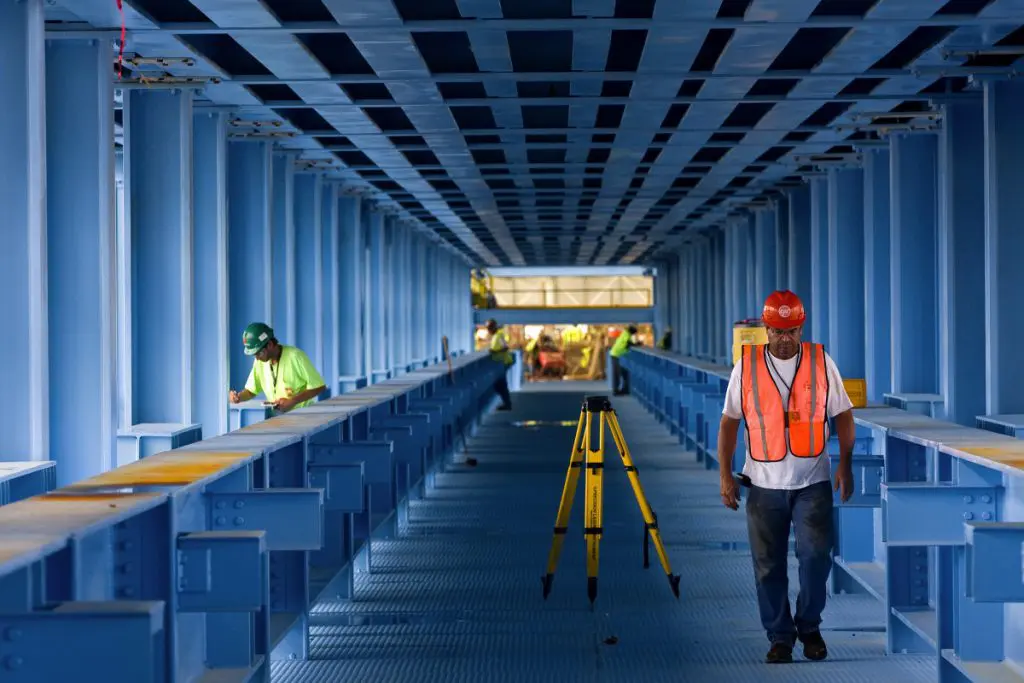Global – ‘The fourth quarter will be challenging for all those active in the recycling of stainless steel,’ warns Joost Van Kleef, chairman of the BIR stainless steel & special alloys committee. Although higher commodity prices improved stainless scrap availability in recent months, a now-declining nickel price ‘will have a negative effect, most probably on both volumes and margins’.
The higher nickel values witnessed recently are attributed largely to speculation and uncertainty over the Philippines’ mining policy and its effect on the country’s nickel ore output.
But ultimately, it is argued, the country’s economy ‘relies heavily on the income from its nickel ore exports and has neither the means nor the infrastructure to support its own nickel pig iron production’. A growing realisation of this fact is said to be behind the nickel price’s steady retreat from those higher levels.
The EU’s crude stainless steel output dropped 2.5% when comparing the first six months of 2016 with the same period last year. However, according to a report from Italy, ‘demand for scrap is high enough to absorb all the material available’, with interest from buyers in the Far East now beginning to assume competitive levels, above all for the 316 quality of stainless scrap.
In the UK, the vote to leave the EU in late June prompted the pound to plumb more than 30-year lows against the US dollar. And as nickel is a dollar-denominated commodity, this boosted the domestic price of stainless steel scrap. UK stainless steel production, meanwhile, has ‘held up well’ and has corresponded to forecasted levels so far this year.
Across in the USA itself, stainless steel order levels are termed ‘good’ with a ‘decent balance’ between distributor stocks and current mill production. However, there remains a ‘tight’ availability of clean, segregated 18/8 stainless scrap and processors ‘continue to report zero to limited margins when describing the overall negative state of their business’.
‘Whatever the markets do, India’s appetite for stainless steel scrap remains healthy,’ it is observed. For the four months ending July 31 this year, the country imported 205 000 tonnes of 304 and 316 scrap. Indeed, the Indian market has been paying ‘the highest prices in Asia’ for 200, 300 and 400 series stainless scrap in recent months, bettering the offers of other leading markets like South Korea and Taiwan.
Furthermore, local scrap is available in India on credit terms and many of the second- and third-tier mills prefer this to imports. That said, the Indian stainless steel market has been ‘very slow’ for the past month as mills struggle with sluggish finished goods demand and also overcapacity.
‘Mills were reducing their purchased scrap volumes even before nickel sustained a correction and headed back below US$ 10,000 per tonne,’ it is pointed out.
The export duties imposed by Russia are due to be lowered this month in accordance with the World Trade Organization agreement, with that applied to stainless steel scrap expected to be dropped to 5% from 7.5% – a move which would be ‘favourable’ for scrap exporters and which explains why ‘there were not so many shipments in August’.
Uncertainty over the ‘extremely volatile’ nickel price is afflicting the Middle East, with its level at times seeming to bear ‘little or no relationship to stainless steel industry demand’.
This article is based on the latest World Mirror on Stainless Steel & Special Alloys, released by the BIR world recycling organisation.
Don't hesitate to contact us to share your input and ideas. Subscribe to the magazine or (free) newsletter.



